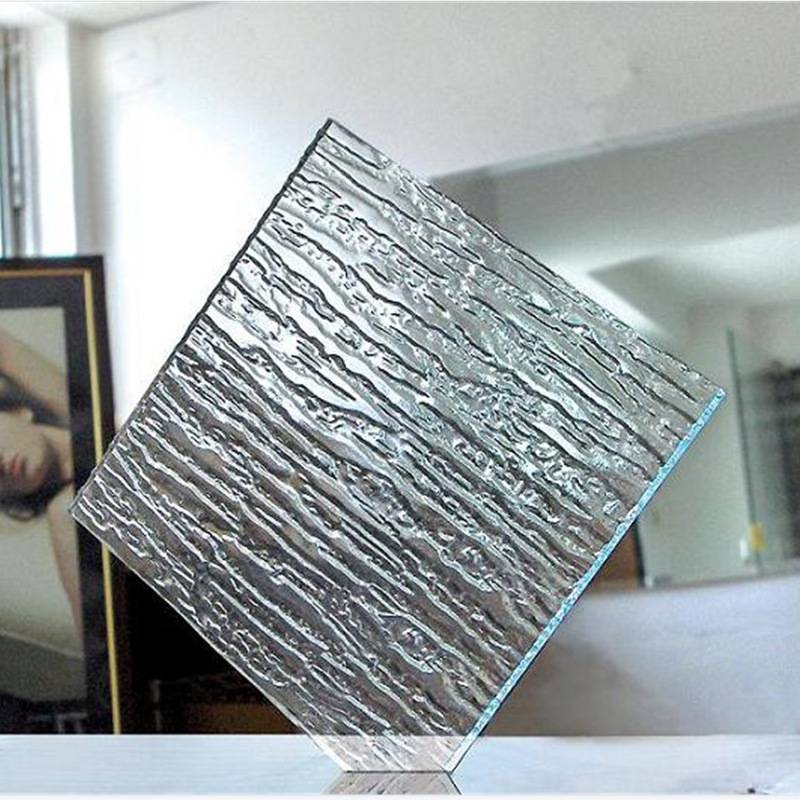The Innovation of Float Glass A Modern Marvel
Float glass is a significant advancement in glass manufacturing, revolutionizing the way we think about and utilize this versatile material. Developed in the mid-20th century, float glass production has become the standard for creating flat glass, widely used in windows, doors, and various architectural applications. The uniqueness of the float glass process lies in its ability to produce sheets of glass that are exceptionally smooth and distortion-free, making it the preferred choice for both functional and aesthetic purposes.
The float glass manufacturing process was invented by Sir Alastair Pilkington in the 1950s and is characterized by a continuous production method that involves floating molten glass on a layer of molten tin. This unique technique allows the glass to achieve a uniform thickness and a flawless surface finish. As the glass cools and solidifies on the tin bath, it retains its flatness and clarity, attributes that are essential for numerous applications, particularly in the construction industry.
One of the most prominent benefits of float glass is its optical clarity. Unlike traditional glassmaking methods, which can result in varying thickness and surface imperfections, float glass offers a consistent and high-quality product. This clarity is crucial not only for residential and commercial buildings but also for the automotive industry, where visibility and safety are paramount. As a result, float glass has become the go-to material for car windows, windshields, and mirrors.
float glass
In addition to its aesthetic appeal, float glass is also an energy-efficient choice. The ability to produce large sheets with minimal waste has made float glass a sustainable option in the world of manufacturing. Various coating technologies can be applied to float glass to enhance its energy efficiency further. Low-emissivity (low-E) coatings can be applied to reduce heat transfer, while reflective coatings are useful in solar control applications. These innovations help to improve building energy performance, lower heating and cooling costs, and contribute to a more sustainable environment.
Furthermore, float glass is versatile and can be manipulated into different forms and features, making it suitable for a wide range of applications. In interior design, it is used for partitions, balustrades, and decorative elements, adding a sense of openness and light to spaces. Architects often incorporate float glass into their designs for facades, as it allows natural light to penetrate deep into interiors, creating harmonious and inviting environments.
The production of float glass has also adapted to modern demands and technological advancements. Automated manufacturing processes enhance efficiency and reduce labor costs, while continuous innovation in glass treatment processes ensures that products meet the highest safety and performance standards. As the market for float glass continues to grow, manufacturers are increasingly investing in research and development to explore new applications, including smart glass technologies that can change properties in response to environmental stimuli.
In conclusion, float glass is a remarkable innovation in the glass industry, providing a combination of aesthetic appeal, optical clarity, energy efficiency, and versatility. Its adoption in construction and various industrial sectors highlights the importance of advanced manufacturing processes and the continuous evolution of materials to meet modern demands. As the world progresses towards sustainable and innovative building practices, float glass will undoubtedly play a crucial role in shaping the environments we live and work in.
 Afrikaans
Afrikaans  Albanian
Albanian  Amharic
Amharic  Arabic
Arabic  Armenian
Armenian  Azerbaijani
Azerbaijani  Basque
Basque  Belarusian
Belarusian  Bengali
Bengali  Bosnian
Bosnian  Bulgarian
Bulgarian  Catalan
Catalan  Cebuano
Cebuano  Corsican
Corsican  Croatian
Croatian  Czech
Czech  Danish
Danish  Dutch
Dutch  English
English  Esperanto
Esperanto  Estonian
Estonian  Finnish
Finnish  French
French  Frisian
Frisian  Galician
Galician  Georgian
Georgian  German
German  Greek
Greek  Gujarati
Gujarati  Haitian Creole
Haitian Creole  hausa
hausa  hawaiian
hawaiian  Hebrew
Hebrew  Hindi
Hindi  Miao
Miao  Hungarian
Hungarian  Icelandic
Icelandic  igbo
igbo  Indonesian
Indonesian  irish
irish  Italian
Italian  Japanese
Japanese  Javanese
Javanese  Kannada
Kannada  kazakh
kazakh  Khmer
Khmer  Rwandese
Rwandese  Korean
Korean  Kurdish
Kurdish  Kyrgyz
Kyrgyz  Lao
Lao  Latin
Latin  Latvian
Latvian  Lithuanian
Lithuanian  Luxembourgish
Luxembourgish  Macedonian
Macedonian  Malgashi
Malgashi  Malay
Malay  Malayalam
Malayalam  Maltese
Maltese  Maori
Maori  Marathi
Marathi  Mongolian
Mongolian  Myanmar
Myanmar  Nepali
Nepali  Norwegian
Norwegian  Norwegian
Norwegian  Occitan
Occitan  Pashto
Pashto  Persian
Persian  Polish
Polish  Portuguese
Portuguese  Punjabi
Punjabi  Romanian
Romanian  Russian
Russian  Samoan
Samoan  Scottish Gaelic
Scottish Gaelic  Serbian
Serbian  Sesotho
Sesotho  Shona
Shona  Sindhi
Sindhi  Sinhala
Sinhala  Slovak
Slovak  Slovenian
Slovenian  Somali
Somali  Spanish
Spanish  Sundanese
Sundanese  Swahili
Swahili  Swedish
Swedish  Tagalog
Tagalog  Tajik
Tajik  Tamil
Tamil  Tatar
Tatar  Telugu
Telugu  Thai
Thai  Turkish
Turkish  Turkmen
Turkmen  Ukrainian
Ukrainian  Urdu
Urdu  Uighur
Uighur  Uzbek
Uzbek  Vietnamese
Vietnamese  Welsh
Welsh  Bantu
Bantu  Yiddish
Yiddish  Yoruba
Yoruba  Zulu
Zulu 

